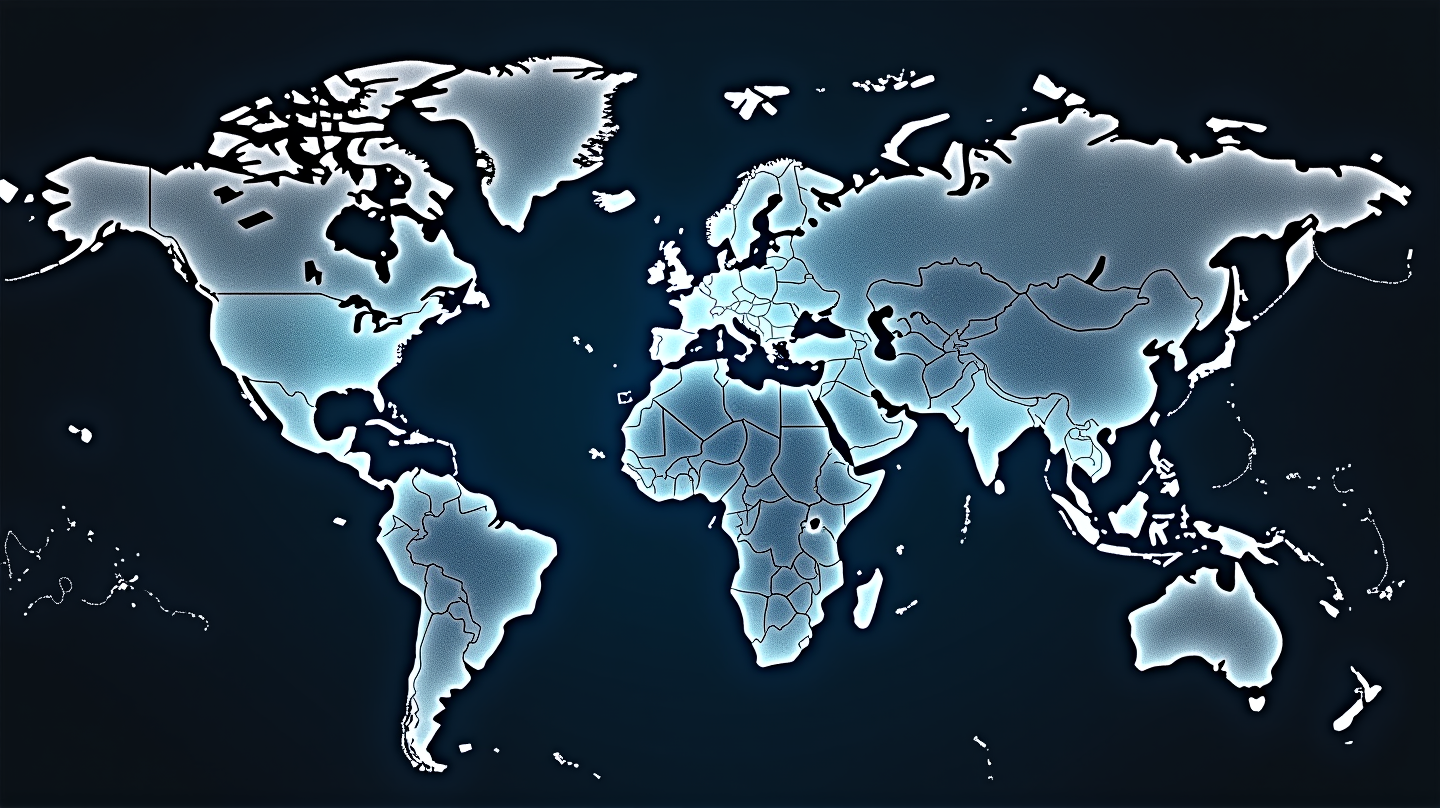Big Tech companies, known for leading innovation and technology, wield an unseen power that permeates public policy. How do we uncover such influence? This article delves into the comprehensive methodology utilized by the Latin American Center for Investigative Journalism (CLIP) and its partners to reveal the subtle yet substantial impact these giants have on legislation and regulation. According to Agência Pública, the endeavor has assembled an extensive database chronicling influence actions, legislative bills, and legal proceedings tied to these corporations across different countries and jurisdictions.
Unveiling the Methodology
This investigation is anchored by a robust database capturing public information—recording actions, bills, and legal disputes associated with major tech companies. The goal is to paint a vivid picture of how these entities maneuver political landscapes to align with their interests.
An Overview of Influence
The database reveals diverse strategies tech giants use to influence public policy, ranging from meetings with officials to legal battles. Yet, it’s not merely an exhaustive record but rather a repository dependent on publicly accessible data. With over 15 media outlets contributing, the compilation process involved searching for data on:
- Influence Actions: Documenting nearly 3,000 actions targeting officials across continents including North America, South America, Europe, and beyond.
- Legislative Bills: Tracking over 800 bills in countries pertinent to regulatory frameworks affecting Big Tech.
- Legal Proceedings: Chronicling over 300 court cases involving Big Tech as plaintiffs or defendants.
Methodology Behind the Data
Collecting and categorizing this information wasn’t without challenges. Given variance in disclosure laws, much of the data required manual verification. Public records, transparency portals, and social media were scrutinized to authenticate entries—including cross-referencing lobbies, meetings, and noteworthy interactions between public officials and tech representatives.
Data Sources and Artificial Intelligence
The data was accumulated from over 180 public sources, including government transparency portals and digital legislative repositories. Employing artificial intelligence, the alliance classified influence actions into thematic categories, enabling easier identification of patterns and topics of interest amongst these engagements.
Considerations and Implications
While the database illuminates tactics and focal issues for tech companies, three critical considerations persist:
- The database isn’t exhaustive but provides essential insight into tech-government interactions.
- Jurisdictional transparency and legal differences mean data depth can vary significantly.
- Transparency of key influencers maintains the integrity and public interest by making this process visible.
Conclusion: Shaping the Future
This meticulous compilation and investigation highlight how intertwined technology companies have become with governmental frameworks. By accessing this data, stakeholders from journalists to policymakers can discern patterns and effects arising from Big Tech’s hidden hand. Understanding and transparency are paramount as we forge ahead in a world increasingly shaped by these digital titans. This endeavor isn’t merely a reflection of past influences but a necessary tool for shaping a more accountable technological future.
